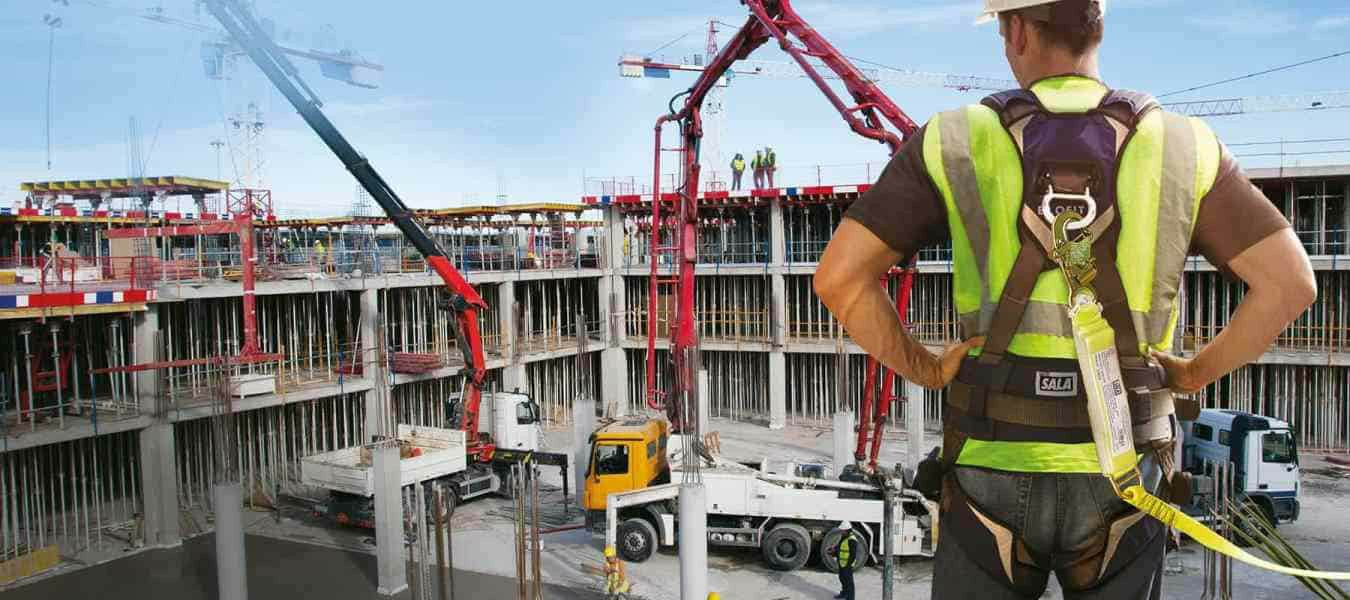Elevate Your Safety Standards: Integrating Working at Heights Training into Business Policies
In today's fast-paced work environment, ensuring the safety of employees, especially those who work at heights, is not just a regulatory requirement, but a vital component of workplace culture. Integrating Working at Heights training into your company policies is essential to foster a safe environment, mitigate risks, and comply with legal standards. This comprehensive guide explores effective strategies for businesses to implement this critical training and maintain an ongoing culture of safety.
The Importance of Working at Heights Safety Training
Accidents occurring from falls at height remain one of the leading causes of workplace injuries. Therefore, Working at Heights safety training equips employees with the skills and knowledge needed to operate safely in elevated environments. Not only does it reduce the risk of accidents, but it also empowers your workforce, enhances your company's reputation, and ensures compliance with safety regulations.
Steps to Integrate Working at Heights Training into Company Policies
Here are several actionable strategies to effectively incorporate Working at Heights training into your company policies:
- Conduct Comprehensive Risk Assessments: Before implementing training, conduct thorough risk assessments to identify potential hazards associated with working at heights. This process will help you understand the specific training needs of your employees.
- Establish Mandatory Training Protocols: Incorporate Working at Heights courses as a mandatory requirement for employees whose jobs involve working from heights. Clearly outline these requirements in your employee handbook.
- Utilize Certified Training Programs: Ensure that you offer Certified Working at Heights training. This not only complies with regulations but also assures employees that they are receiving top-quality training. Options such as Working at Heights online courses can cater to varied schedules.
- Implement Refresher Training: Schedule regular refresher courses to ensure that employees remain updated on safety practices and any changes in regulations. This could be annually or bi-annually, depending on the nature of the jobs undertaken.
- Monitor Compliance with Continuous Tracking: Establish a compliance tracking system to monitor employee participation in training. This may include maintaining records of completed training and certifications, thus ensuring your workforce remains compliant at all times.
- Promote a Safety-First Culture: Shift the company culture to prioritize safety as a core value. Encourage open communication about safety concerns and support employees in adhering to safety practices.
The Role of Internal Safety Audits
Regular internal safety audits play a critical role in maintaining safety compliance. By conducting these audits, businesses can:
- Identify potential safety hazards associated with working at heights
- Evaluate the effectiveness of existing training programs
- Ensure adherence to OSHA or local safety regulations
Conducting these audits helps identify gaps in safety protocols and provides opportunities for continual improvement.
Real-World Examples of Successful Implementation
Numerous companies have effectively integrated Working at Heights training into their policies:
- Example Company A: A construction firm in Dublin conducted rigorous risk assessments and trained all employees working from heights. An internal audit revealed significant improvement in compliance with safety regulations, resulting in a drastic reduction in incidents.
- Example Company B: A maintenance company implemented mandatory refresher courses after assessing risks associated with new machinery. This proactive approach minimized accidents and promoted a culture of safety among the workforce.
Conclusion
Integrating Working at Heights training into your company policies is not just a legal obligation—it’s an investment in your workforce's safety and well-being. By adopting comprehensive strategies that include the establishment of safety protocols, conducting internal audits, and ensuring ongoing training, you cultivate a culture that prioritizes safety. Enroll your employees in the latest Working at Heights certification courses today to enhance workplace safety and compliance.
For further information on certified training programs, visit Ireland Safety Training or reach out via email at [email protected].



 349,500 Offered Certificates
349,500 Offered Certificates
 24/7 Online Training
24/7 Online Training
 Money Back Guarantee
Money Back Guarantee
 Fully Accredited Courses
Fully Accredited Courses
